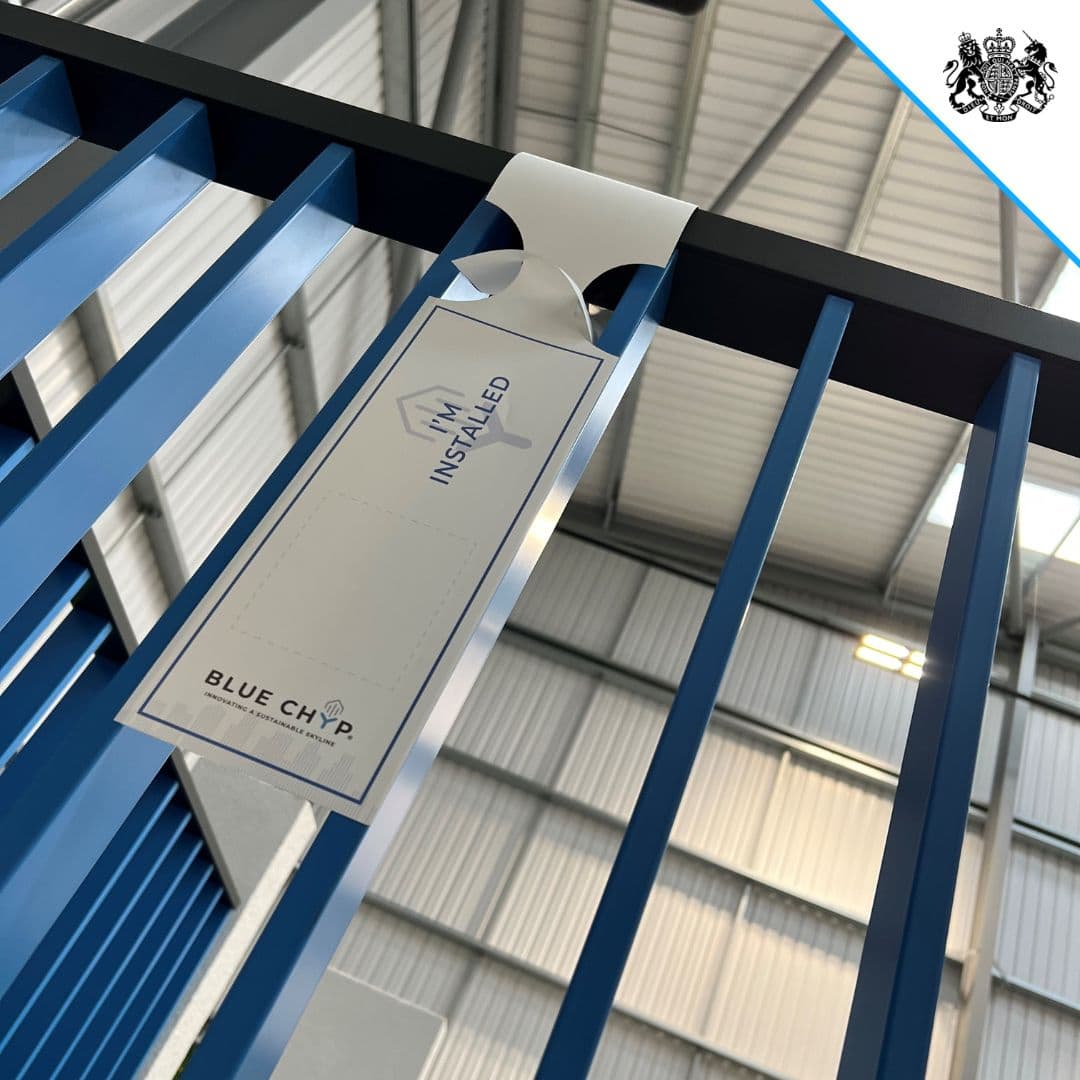Gateway 2: A Comprehensive Guide for the Construction Industry
This article delves deep into Gateway 2, elucidating its significance, requirements, and the steps construction professionals need to undertake to navigate it successfully.
5/8

The fifth in a series of eight Building Safety Act insights by Blue Chyp.
The construction landscape is undergoing a transformative change, especially in the realm of building safety. One of the pivotal elements driving this change is the introduction of the Building Safety Act’s Gateway processes. Among these, Gateway 2 stands out as a critical juncture, ensuring that high-rise residential buildings meet stringent safety standards before construction commences.
Gateway 2: An Overview
Gateway 2, often referred to as the “pre-construction” phase, is the second of the three Gateway processes introduced under the Building Safety Act. It is a crucial checkpoint that occurs after the planning permission is granted but before construction begins. The primary objective of Gateway 2 is to ensure that the detailed design of the building, the choice of materials, and the proposed construction methods align with safety regulations and standards.
The Significance of Gateway 2
The introduction of the Gateway processes, especially Gateway 2, stems from the need for a more rigorous and structured approach to building safety, particularly in the aftermath of tragedies like the Grenfell Tower fire. Gateway 2 serves several purposes:
- Risk Assessment: It provides an opportunity to assess and mitigate potential risks associated with the building’s design and materials.
- Regulatory Scrutiny: It ensures that the proposed construction adheres to the regulatory framework, minimizing deviations during the construction phase.
- Stakeholder Engagement: It facilitates engagement between various stakeholders, including designers, contractors, regulators, and residents, fostering a collaborative approach to building safety.
Key Requirements of Gateway 2
Navigating Gateway 2 requires construction professionals to be well-versed with its specific requirements:
- Safety Case Report: A comprehensive report detailing the building’s safety strategy, potential risks, and mitigation measures. This report should be prepared in consultation with the Principal Designer and the Building Safety Manager.
- Detailed Design Specifications: Complete design blueprints, including architectural, structural, and systems designs, ensuring they adhere to safety standards.
- Material Specifications: Detailed information about the materials to be used, their sources, certifications, and any associated safety implications.
- Construction Method Statement: A clear outline of the proposed construction methods, ensuring they align with safety protocols.
- Engagement with the Regulator: Regular consultations with the building safety regulator, ensuring that all aspects of the proposed construction meet regulatory standards.
Steps to Successfully Navigate Gateway 2
For construction professionals unfamiliar with the intricacies of Gateway 2, the following steps provide a roadmap:
- Collaborative Approach: Engage with all stakeholders, including designers, contractors, and regulators, from the outset. A collaborative approach ensures that all safety concerns are addressed holistically.
- Continuous Documentation: Maintain meticulous records of all design decisions, material choices, and construction methodologies. This documentation will form the basis of the Safety Case Report.
- Engage Expertise: Consider engaging external experts or consultants, especially in areas that require specialized knowledge, such as fire safety or structural integrity.
- Regular Reviews: Periodically review the design and material specifications, ensuring they remain aligned with safety standards and regulatory requirements.
- Feedback Mechanism: Establish a feedback mechanism, allowing for inputs from all stakeholders. This ensures that any concerns or suggestions are promptly addressed.
- Liaise with the Regulator: Maintain open communication channels with the building safety regulator, seeking their guidance and feedback throughout the Gateway 2 process.
Implications for the Construction Industry
The introduction of Gateway 2 has profound implications for the construction industry:
- Elevated Safety Standards: It ensures that safety is embedded into the very fabric of the construction process, right from the design phase.
- Accountability: It holds construction professionals accountable, ensuring that deviations from safety standards are minimized.
- Transparency: It fosters transparency, ensuring that all stakeholders, including residents, are well-informed about the building’s safety features.
- Efficiency: By addressing potential risks and concerns at the pre-construction phase, Gateway 2 minimizes disruptions and revisions during the actual construction, leading to more efficient project execution.
Conclusion
Gateway 2 signifies a significant change in the construction industry’s approach to safety, emphasizing rigorous standards and collaboration. For construction professionals, it’s not just a requirement but a commitment to safety.
In an evolving construction landscape, Gateway 2 guides professionals toward a future where safety is a fundamental part of construction. Embracing its principles leads to a safer, more accountable industry.




